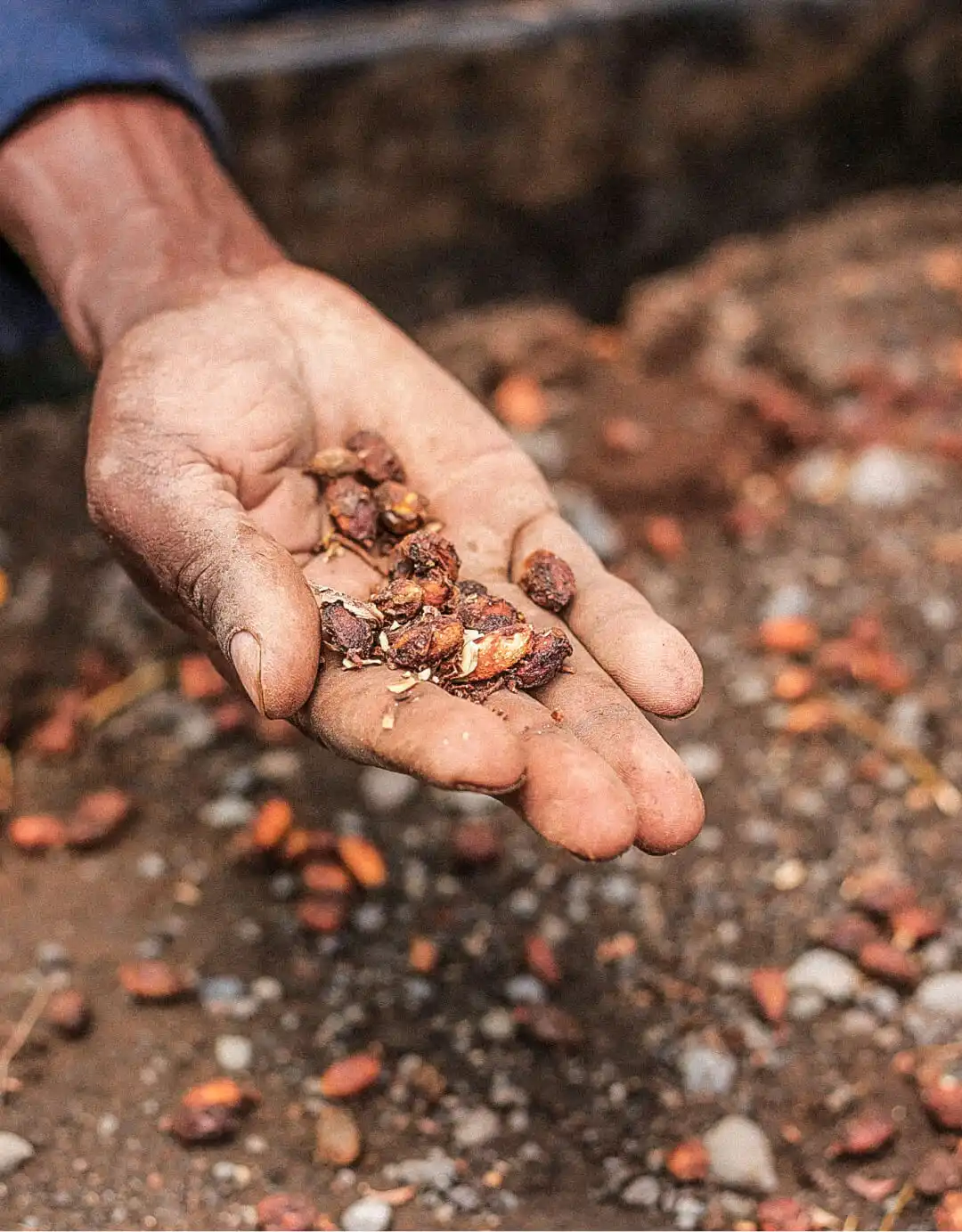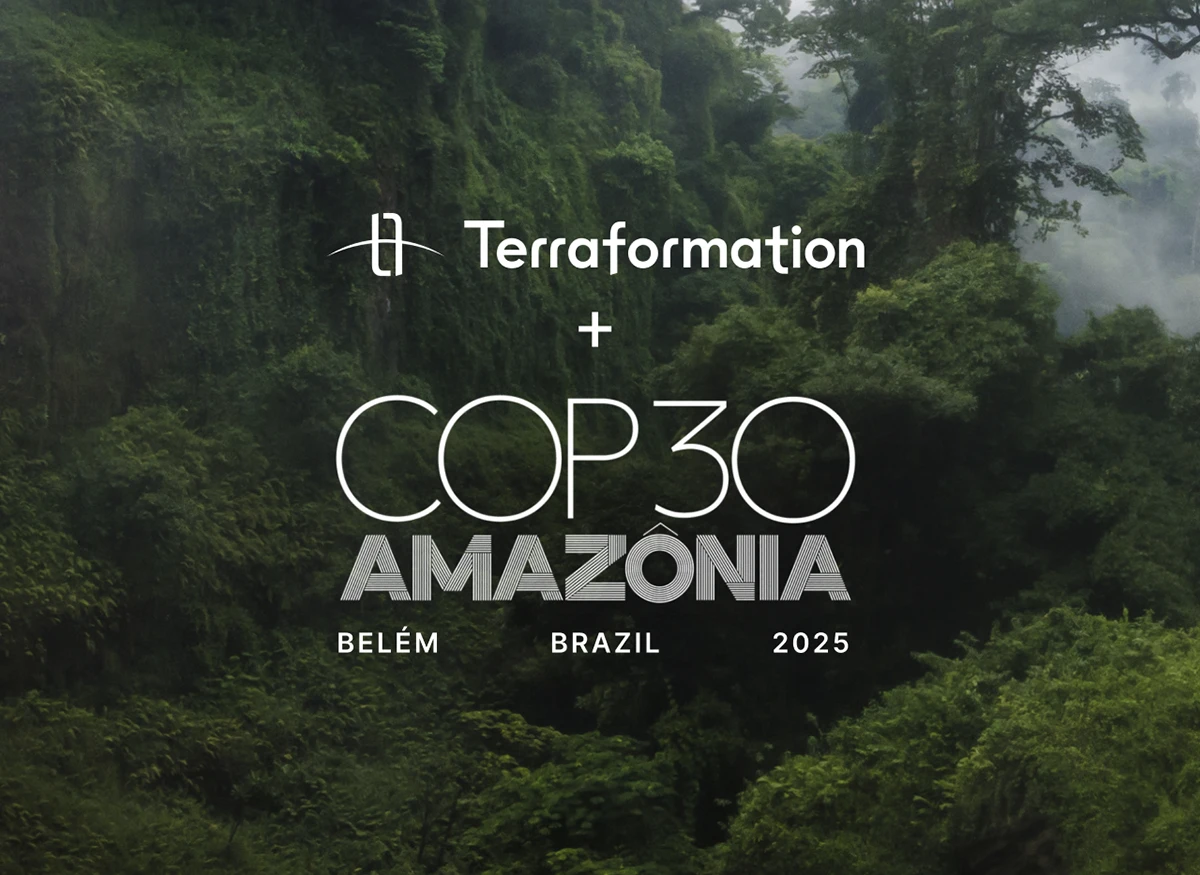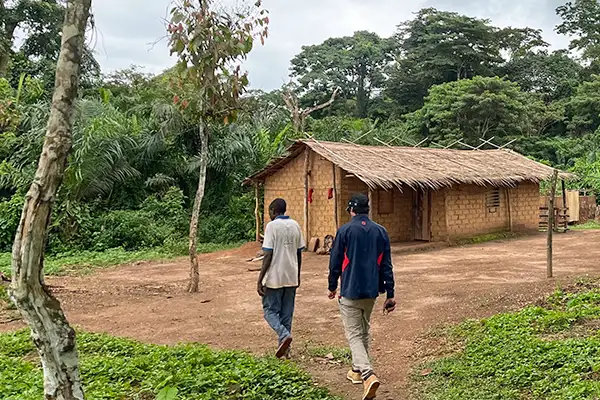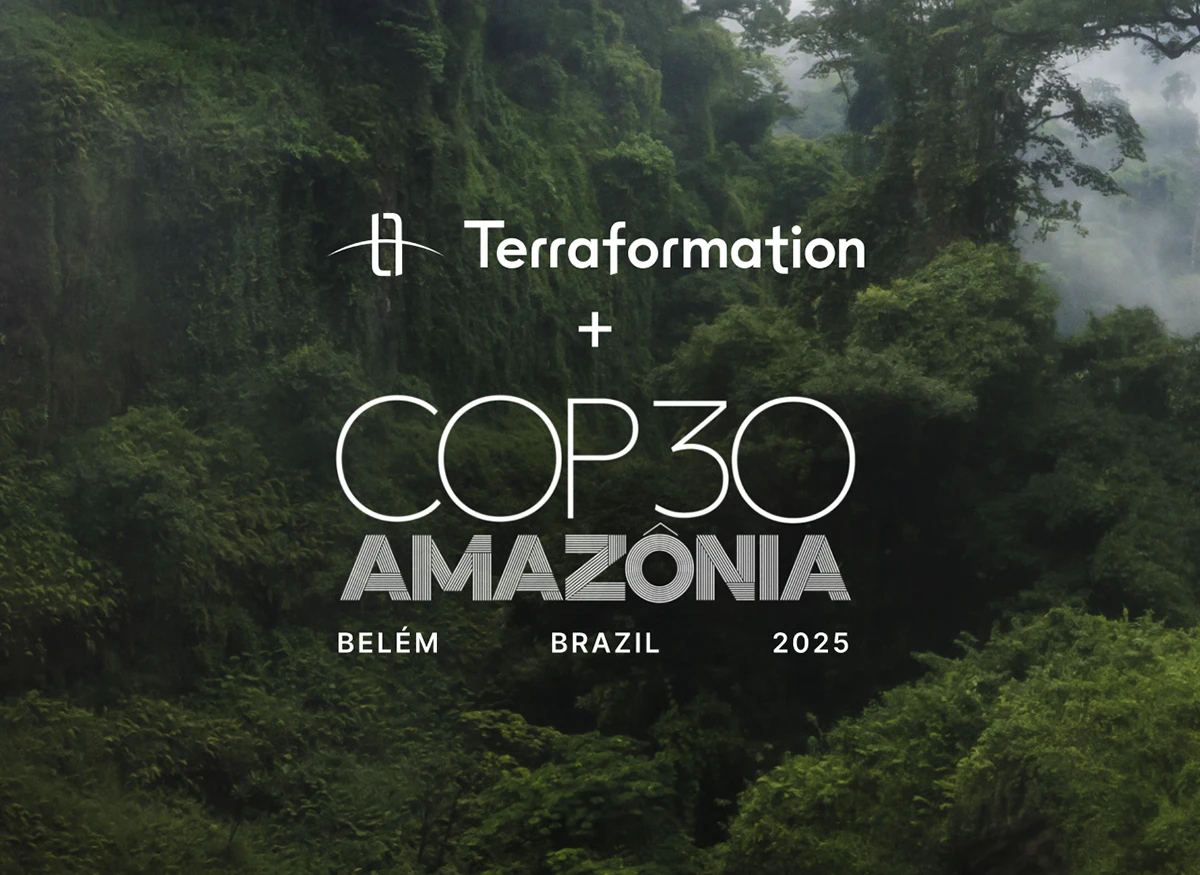

Terraformation’s first pilot restoration site — Pacific Flight at Kaupalaoa — is near the northern tip of Hawaiʻi Island. Two centuries of unsustainable logging followed by cattle grazing had destroyed the native tropical sandalwood forest and desertified the land. Terraformation’s forestry team began restoration in 2020. The arid environment, high winds, and degraded soils meant that if a team could restore a forest there, they could do it anywhere.
Hawaiʻi contains 10 of the world’s 14 climate zones — and this diversity of microclimates means we can test restoration techniques across many ecosystems. In addition to the arid Kaupalaoa site, our other pilot restoration sites in Hawaiʻi include ʻŌhiʻa Lani, formerly a wet forest, and Papaikou, once a macadamia nut farm.
Using the flagship sites as a testing ground, the Terraformation team began tackling challenges like seed banking solutions, water shortages, and mobile software to better track the entire reforestation process, beginning with seed collection.
In 2022, Terraformation interviewed 230 forestry organizations across 63 countries to learn about their biggest challenges. Ninety-five percent of respondents cited funding as their top obstacle, followed by seed and sapling supply, then team training.
We created the Seed to Forest Accelerator to help forestry teams overcome these obstacles and achieve native ecosystem restoration at scale. Our accelerator provides complete support — from carbon and finance strategy to field training and software tools for streamlined project transparency — so new reforestation projects can expand quickly and sustainably.
Carbon buyers who fund accelerator cohorts lock in access to the highest quality carbon credits in geographically diverse portfolios selected by our carbon science and ecology teams for sequestration potential.



















